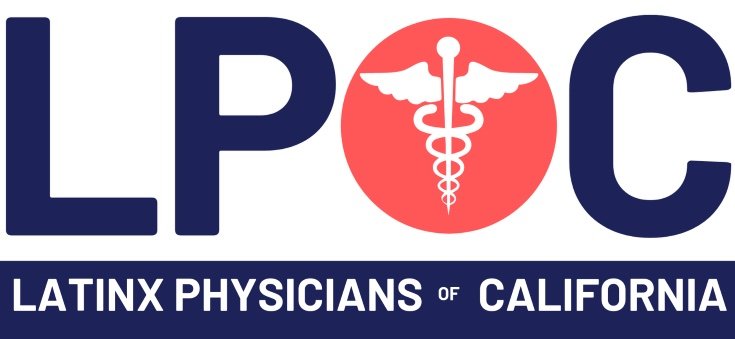ACEs Aware
Clinical Assessment and ACE Treatment Planning Resources
Early identification and intervention are key to ameliorating the impacts of toxic stress and reducing the risk of negative health and social outcomes. The ACE Screening Clinical Algorithm helps a provider assess a patient’s risk of a toxic stress physiology, and how to incorporate ACE screening results into clinical care and follow-up plans.
The ACEs and Toxic Stress Risk Assessment Algorithms (ADA version) help providers assess whether a patient is at low, intermediate or high risk of a toxic stress physiology. The algorithm’s toxic stress risk assessment is based on a combination of both the ACE score and the presence or absence of ACE-Associated Health Conditions.
For both children and adults, addressing current stressors, increasing the total dose of buffering and protective factors such as safe, stable and nurturing relationships and environments are associated with decreased metabolic, immunologic, neuroendocrine, and inflammatory dysregulation, and improved physical and psychological health.
When treatment comes later in life, it is known that for individuals with ACEs, addressing the resulting toxic stress physiology is important for improving ACE-Associated Health Conditions, as well as for averting future consequences.
Clinical response to identification of ACEs and increased risk of toxic stress should include:
Applying principles of trauma-informed care including establishing trust, safety, and collaborative decision-making
Identification and treatment of ACE-Associated Health Conditions by supplementing usual care with patient education on toxic stress and strategies to regulate the stress response including:
Supportive relationships, including with caregivers (for children), other family members, and peers
High-quality, sufficient sleep
Balanced nutrition
Regular physical activity
Mindfulness and meditation
Mental health care, including psychotherapy or psychiatric care, and substance use disorder treatment, when indicated
Validation of existing strengths and protective factors
Referral to needed patient resources or interventions, such as educational materials, social work, care coordination or patient navigation, community health workers, as well as the six pillars listed below
Follow-up as necessary, using the presenting ACE-Associated Health Condition(s) as indicators of treatment progress


